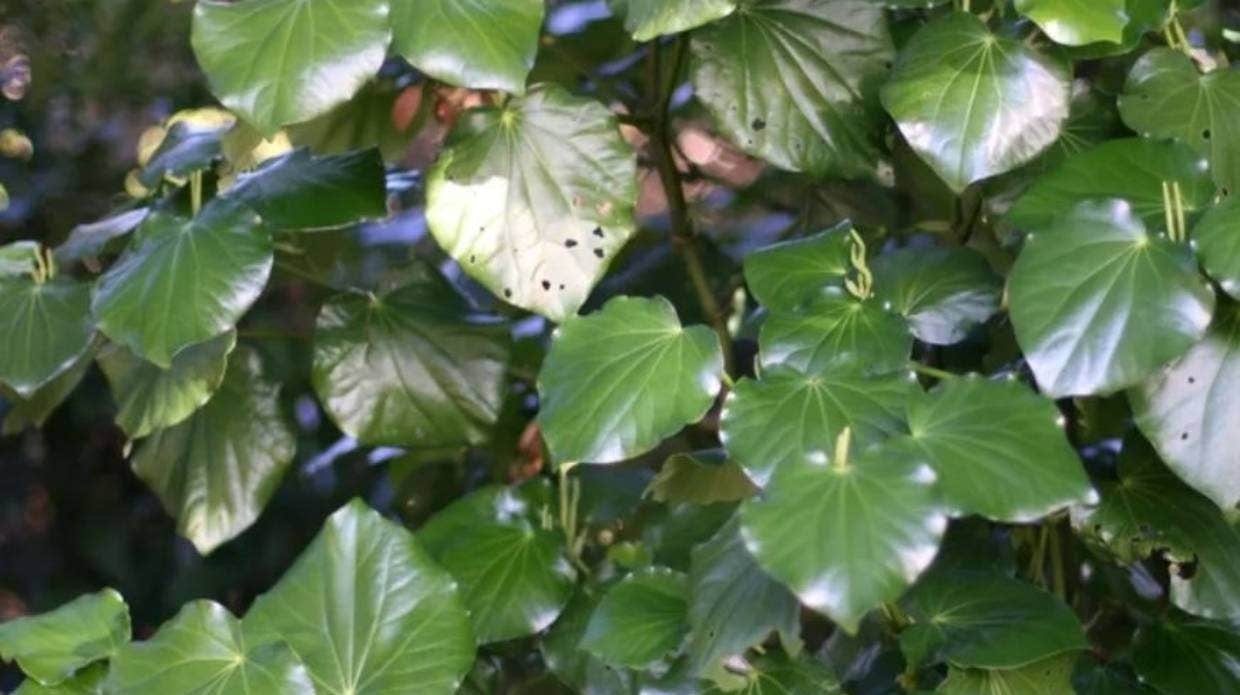Six native plants used in Māori medicine and their benefits
This story was published on Woman.
Rongoā healer Donna Kerridge gives us the lowdown on the rich history of Māori medicine and the benefits of healing plants in Aotearoa.
1. Harakeke
The raw gel inside Phormium tenax leaves can be applied to cuts, scratches and burns.
A flax bush represents a whānau, so only the outer, older leaves – which represent the tūpuna (ancestors) – should be harvested, leaving the “parent” leaves to continue growing on either side of the “child” – the rito (shoot).
2. Horopito
The hot, spicy flavour of Pseudowintera colarata is due to the polygodial compounds in its leaves, which contain antifungal properties that can suppress Candida albicans.
One of the prettiest natural painkillers around, its fresh leaves can be chewed to relieve toothaches and headaches, and it’s also effective as a ringworm treatment.
3. Kawakawa
It’s said that Macropiper excelsum is such a versatile healer because Tāne Mahuta (the god of the forest) imbued it with the gifts of all the other healing plants.
Among its many uses, it relaxes tight muscles, relieves dental pain and reduces inflammation.
4. Koromiko
Hebe stricta is so effective as a cure for dysentery, diarrhoea and stomach aches that dried leaves were sent to soldiers overseas during World War II.
The leaves can also be used as a topical wash to ease chafing, or can be bruised and applied as a poultice for skin complaints.
5. Kūmarahou
Just as it helps heal the Earth after a fire, the leaves of Pomaderris kumeraho can be used as a topical wash to treat burns. They can also be taken internally to relieve bronchial complaints.
Or use its bright yellow flowers (which are in full bloom from August to October) as a foaming soap in running water.
6. Mamaku
Our largest tree fern, the majestic Cyathea medullaris, holds the land together after a landslide and can assist with healing after childbirth.
It also soothes skin conditions like sunburn, stings and psoriasis. The unfurled fronds can be cooked in water, then mashed and used as a poultice for wounds.
- Donna Kerrdige www.oranewzealand.com






